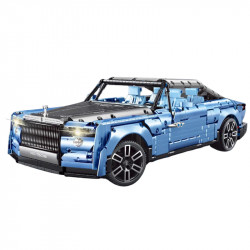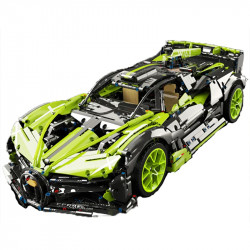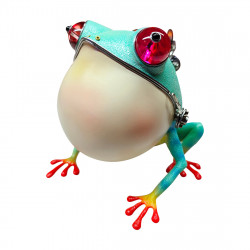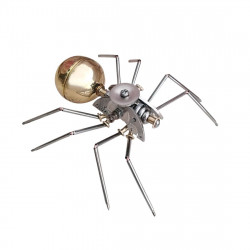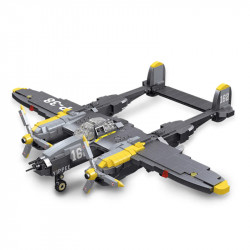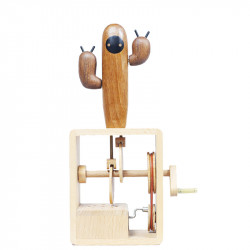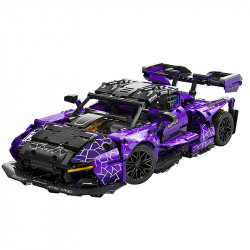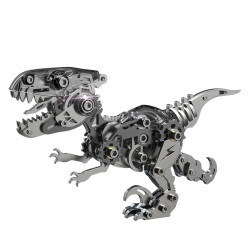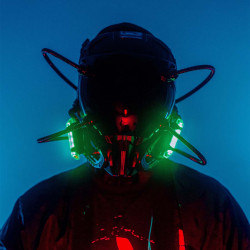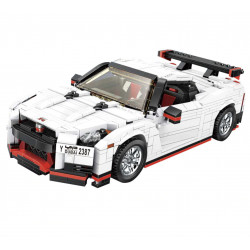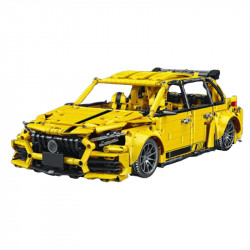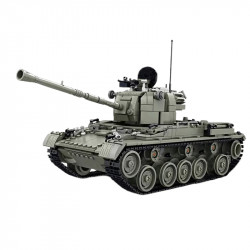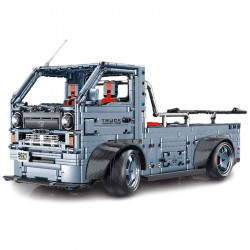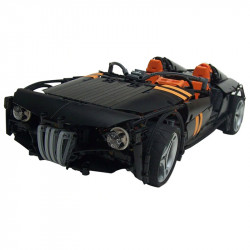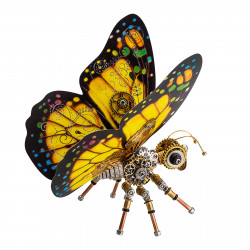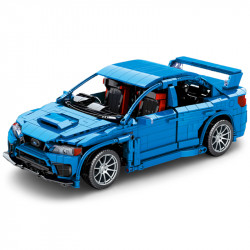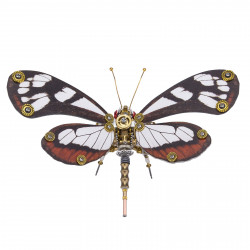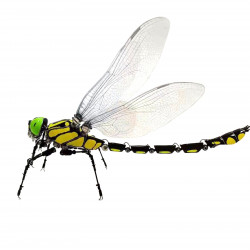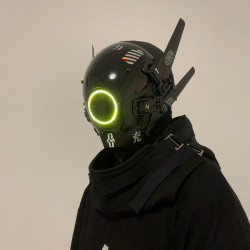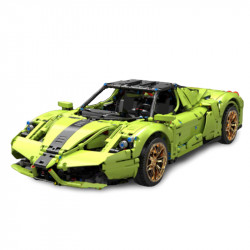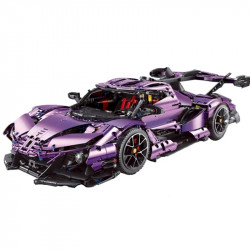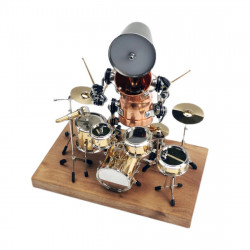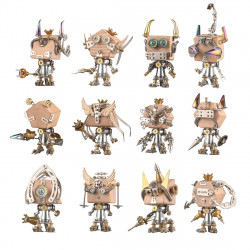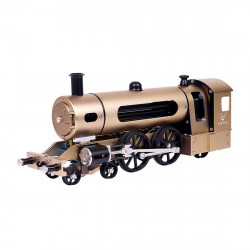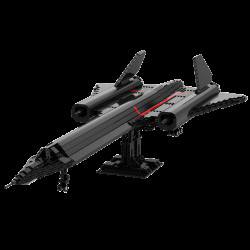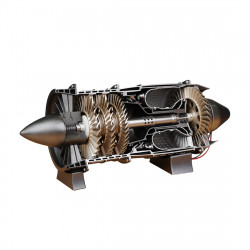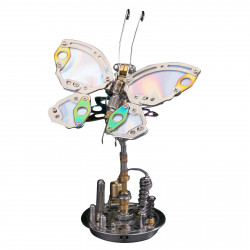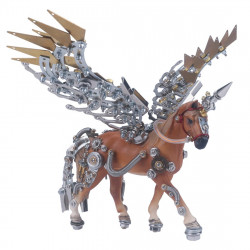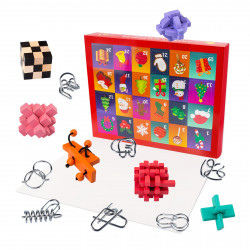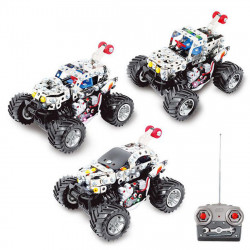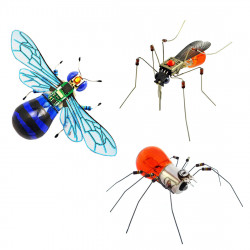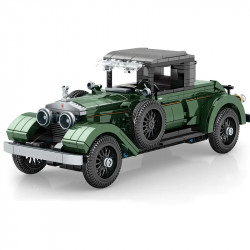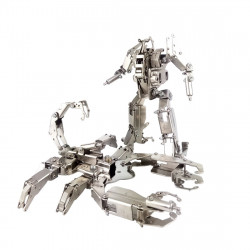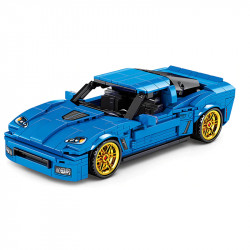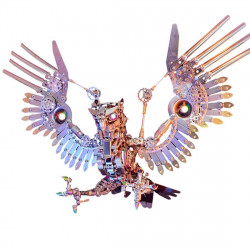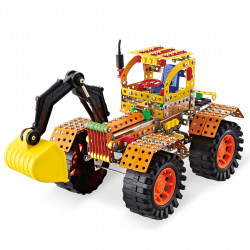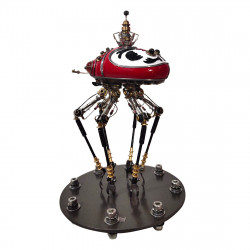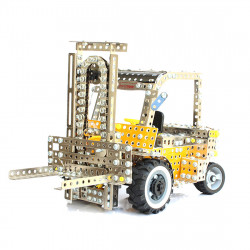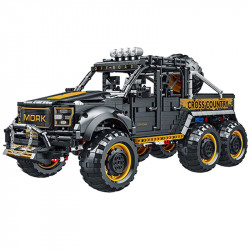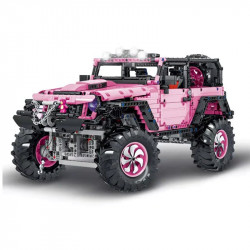Build: Sundial Bridge

Build: Sundial Bridge
I don't know about you, but occasionally, it's good to sit down with a simple and quick build. Unfortunately, until this Sundial Bridge model arrived in the mail this past weekend, I was in a difficult situation because I didn't have any of those. Using my monthly model money, I purchased this small model in addition to the two other "retired" models I did not yet own (the Pan Am China Clipper and the Kennedy Center). I've been creating some more challenging ones lately, and this one was a decent follow-up.
Like its real-world cousin, this single-sheet model is an intriguing little bugger. It hides a few surprises in the construction process and is really oddball and entertaining to look at. Although all of my build times I report exclude the fact that I figure out the parts in advance, allow a few minutes for that. I managed to finish it in just under thirty minutes. If I hadn't gone and been myself, I might have finished it sooner; I made a straightforward error that was easy to prevent.
You ask, what was that error? It has to do with receiving a portion backward, as is customary (part 7). On this occasion, it occurred during the formation of the curve on the rear of the spur, which is the enormous spikey-tower structure that supports the bridge. On the interior of the curve (outside of the model), I bent along all the edges with the etched crease lines. I got it fully formed. And then, when I began to consider how it would attach, I realized my error.
Ignoring my stupid error, this model falls into the category of pretty easy models. However, I wouldn't start with it because it will give you at least one slight curveball. Even though it makes for some entertaining fingertip gymnastics with this device, my preoccupation with not twisting visible tabs has nothing to do with this for once. The spur only has three sides, and one of them has an odd, uneven shape. This is the unexpected twist. This results in some guesswork, some persuasion, and a small amount of difficult-to-align tabs. However, it is feasible and, with a bit of perseverance, may be accomplished using folded tabs. Additionally, it is not intended for the base of the spur to be perpendicular to the bridge's road.
I do want to bring out two other points regarding this model. The first is a general warning: exercise extreme caution while handling any model that contains tension or support cords. It takes a lot of patience to straighten them out after handling them because they are prone to bending out of alignment. I carefully separated some of the support cables that had been pushed together during the construction process by inserting and twisting a Xacto knife between the wires. The second thing to mention is that I was a little frustrated when it came to fastening the bridge to the spur side base. The spur side of the bridge/road has a little piece of metal on the bottom of the railing (part 5) that hits the base's inclined surface. I might have attempted to use my flush cutters to trim out the small corner if I had noticed it earlier.
